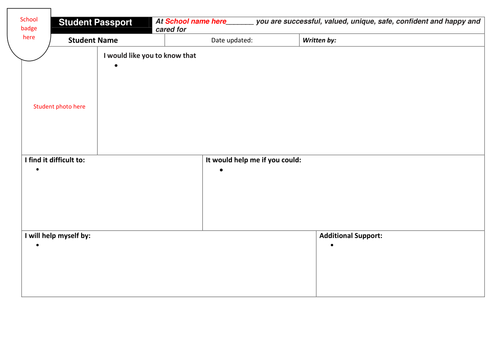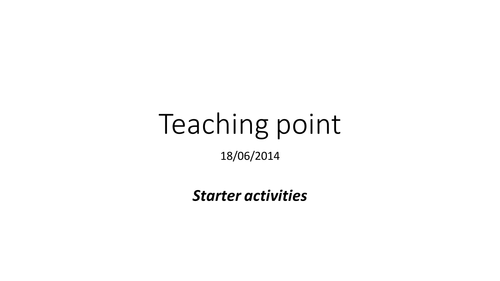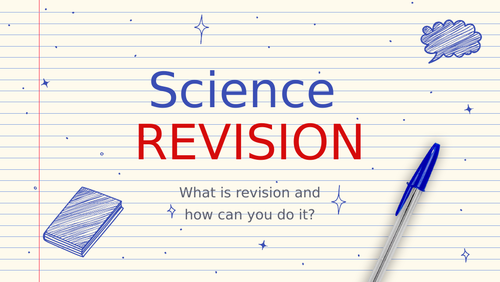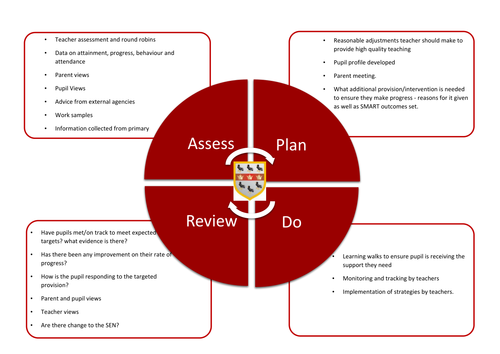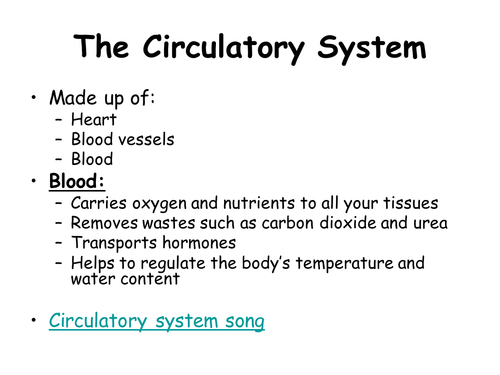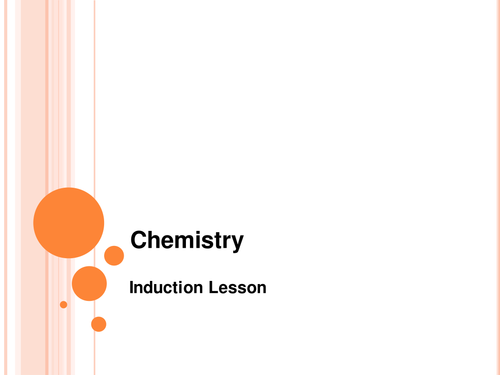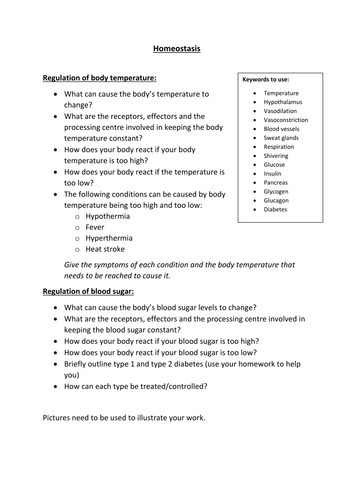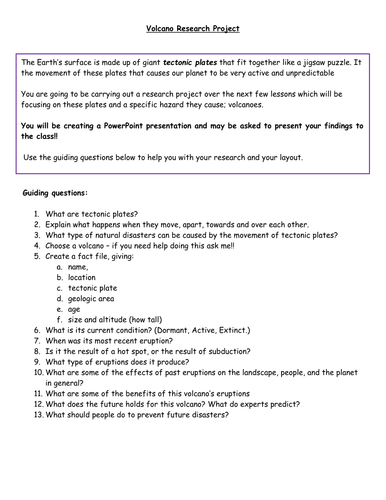
91Uploads
54k+Views
3k+Downloads
All resources

Pupil Passport Template and examples
This is a pupil passport template including anonymised completed examples.
Ideal for SEN students.
If completed alongside the student it is far more effective and becomes person centered as set out in the SEND code of practice.
Sections include:
I would like you to know that...
I find it difficult to....
It would help me if you could....
etc
I started off using these with my SEN students, however, now most students in my school have these and take control of these passports - very powerful tool.

How to Revise Science
PowerPoint/Google Slideshow covering
What is revision?
why revise?
The brian
How to revise - time management
- how to prioritse
- Revision techniques
- suggested websites/apps/podcasts etc
- least effective methods
Great starting point for any year group on where to begin with their revision.

Assess, Plan, Do, Review cycle
Developed to facilitate the APDR process. As SENCO, I use this to support me in collecting evidence for the assessing and reviewing stages and to inform conversations with parents in the planning and reviewing stages.

Convection and Conduction KS3
Powerpoint
Differentiatied Questions:
Mulitple choice Questions
Short answer questions
Challenge question

School intervention outline - graduated approach
Details interventions offered within school. Categorised by 'All', 'Some', 'Few' .

The Earth in the Universe
PowerPoint with lessons planned out to cover P1 (OCR) can be adapted and used with KS3 and other exam boards and new spec.

Student Support Booklet Template
As a SENCO I found it extremely frustrating constantly having to remind teachers about specific students needs and how to support these. Despite having access to an inclusion register. I have created this booklet that has been given to all staff to ensure they are fully aware of all students with additional needs and how to support these fully in their lessons.
The contents have been collated from various websites and sources for ease of use in one document. Including key documents made by myself.
The booklet contains:
1. An introduction to the booklet and how to use it
2. Key and Acronyms
3. Broad areas of need explained
4. List of students identified with SEND (anonymized ready to input your school’s information into)
5. Students for whom reasonable adjustments should be made (anonymized ready to input your school’s information into)
6. Supporting Pupils with Statements of SEND/EHCPs (anonymized ready to input your school’s information into)
7. Student’s Health Care Plans.
8. Named Students/students with mentors
9. Specific Learning Difficulties (SPLD) definition
10. ADHD and Autistic Spectrum Disorder definition
11. Supporting students with Dyslexia
12. Supporting students with ASD
13. Supporting students with numeracy difficulties.
14. Supporting students with ADHD
15. Supporting Students with SLCN
16. Questioning Blank Levels
17. Simplifying questions
18. Differentiation techniques to teach key vocabulary and key concepts
19. Referral form – Learning Concerns
20. Referral form – Behavioural and emotional concerns
21. Record of concern form (CP)
22. Subject teacher feedback form
23. Pupil passport proforma
24. Interventions offered in school
25. Assess, Plan, Do, Review Cycle

Circulatory System
explain what is meant by a double circulatory system
2. understand that the blood carries glucose molecules and oxygen to the muscles, and waste products such as carbon dioxide away from muscles
3. relate the components of the blood to their functions, including:
a. red blood cells – transport oxygen
b. white blood cells – fighting infections
c. platelets – blood clotting at injury sites
d. plasma – transporting nutrients (e.g. glucose and amino acids), antibodies, hormones and waste (carbon dioxide and urea)
4. understand how red blood cells are adapted to their function, limited to:
a. packed with haemoglobin (to bind oxygen)
b. no nucleus (more space for haemoglobin)
c. biconcave shape (increased surface area for oxygen exchange)
5. describe and name the main structures and blood vessels of the heart including the left and right atria and ventricles, vena cava, aorta, pulmonary vein, pulmonary artery, coronary arteries and valves
6. describe the function of valves in the heart and veins
7. understand how tissue fluid is formed in capillary beds and that it assists the exchange of chemicals by diffusion between capillaries and tissues, to include oxygen, carbon dioxide, glucose and urea.

Data table Vital signs
Data table designed to support students collect data from peers while carrying out the following techniques:
Oxygen saturation
Pulse rate
Blood Pressure
Vital capacity
Blood glucose
Peak Flow
Table includes space to record 3 readings for each participant and space to calculate averages.

Induction lesson - chemistry, analytical techniques
This is a powerpoint used as a taster lesson for applied science and chemistry courses at a-level.

C1.1.1 Introducing Particles
Ocr Gateway - Combined Science Chemistry
Lesson 1 of Chapter 1: Particles
C1.1.1
Introducing particles

Cell Structure and Function Starter - Year 7
Cell Structure and Function Starter - Made for year 7 but can be used with any KS3

Homeostasis research task
Ideal for a cover lesson or computer room lesson.
Cover regulation of temperature and blood glucose
Questions to answer and keywords to support.

Learning Walk Proforma - TA/SEND
A Learning walk proforma designed specifically to focus on SEND and TAs in the classroom.
Designed to make the process much more efficient and allows for feedback to be given to TA in a timely fashion - including good practice seen.

Volcano Research project
Designed for a computer room lesson or homework project - promotes independent learning.

Teacher Feedback Form
As SENCO, I use this form to collect individual teacher feedback on students prior to EHCP reviews/ meetings with parents.
Bundle

SENCO Toolkit
Includes:
Assess, Plan, Do, Review Cycle
Focused feedback forms x 3
Intervention tiers
Pupil Passports template
Student support booklet template
Learning Walk proforma
Student observation sheet

Behaviour and emotional concerns - Teacher concern/feedback/referral form
This form can be made available to teachers in your school to enable them to report concerns they may have with a pupil's behavior and/or emotional well-being.
Makes it easier to collate information on particular pupils if concerns are raised.
Creates an easy way of contacting the SENCO/Inclusion Manager/Year heads - rather than being told things in passing whilst walking down a corridor!!

